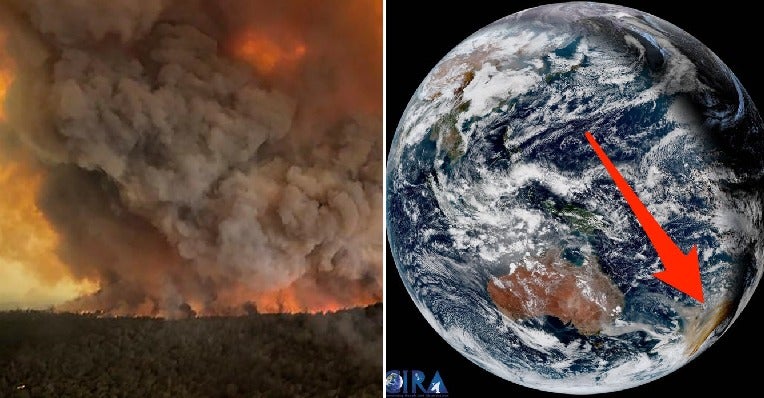If you thought the haze last time was bad then brace yourselves! This is because scientists from NASA have warned that the smoke from the massive bushfires in Australia is expected to make at least one “full circuit” around the world before it returns to the country.
A fleet of NASA satellites ?️ working together has been analyzing the aerosols and smoke from the massive fires burning in Australia.https://t.co/93geNvCBnU pic.twitter.com/ZedZ199lvJ
— NASA Goddard (@NASAGoddard) January 9, 2020
CNN reports that NASA has been using a fleet of satellites to see the smoke patterns from the devastating fires in Australia. They had been analysing the smoke plumes since late December 2019 and discovered that the smoke had already travelled halfway across the world to affect air quality in other countries.
The thick smoke had reached South America by January 8th while New Zealand is suffering from the smog, which caused serious air quality issues there. It has gotten so bad that it has dirtied the Fox and Franz Josef glaciers in New Zealand and turned them brown. In Auckland, the skies turned orange as a result of the heavy smoke from Australia.
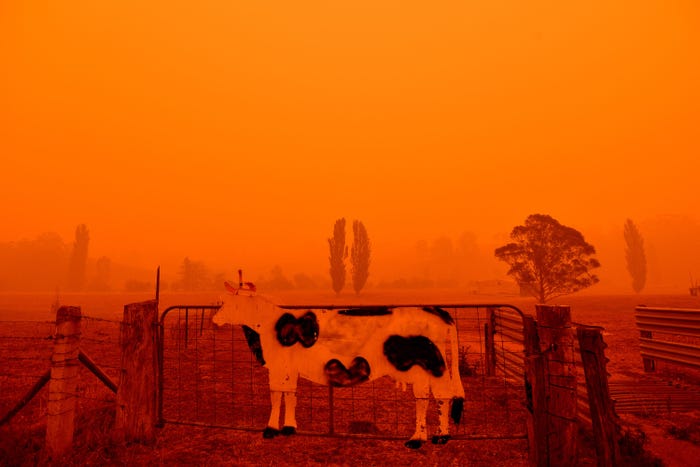
Source: Insider
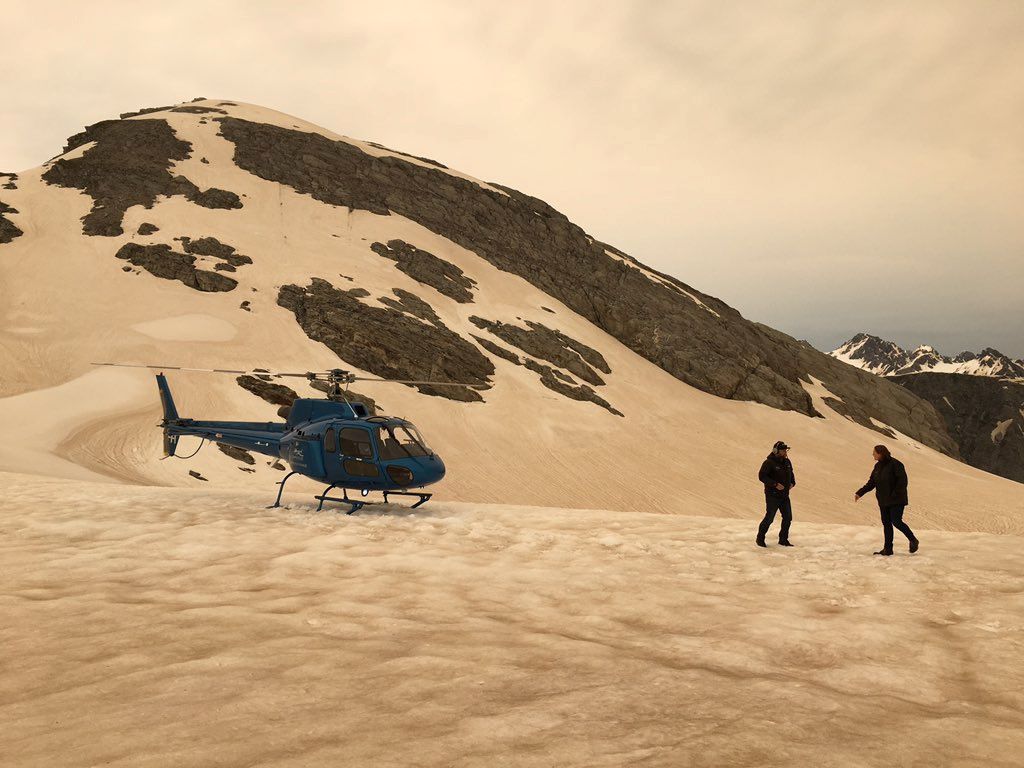
Source: Washington Post
NASA says, “Unprecedented conditions of searing heat combined with dryness have led to an unusually large number of pyrocumulonimbus (pyrCbs) events – fire-induced thunderstorms, triggered by an uplift of ash, smoke and burning material.”
This means that the smoke is able to reach the stratosphere, and some of it can go as high as 15km from the ground. Once the plumes reach such a great height, they can travel for thousands of kilometres and are so big that they have actually created their own weather. The smoke plumes have created giant thunderstorms which can create new fires from dry lightning, which is rather worrying.
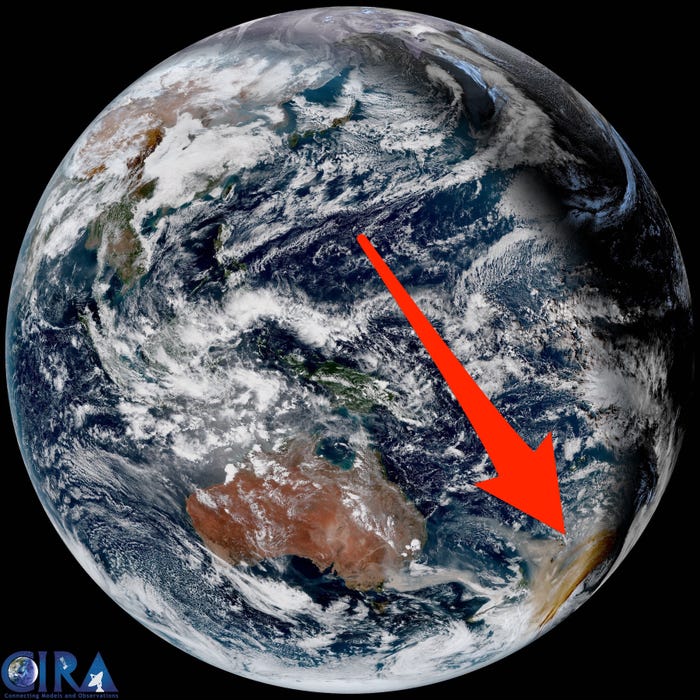
Source: Insider
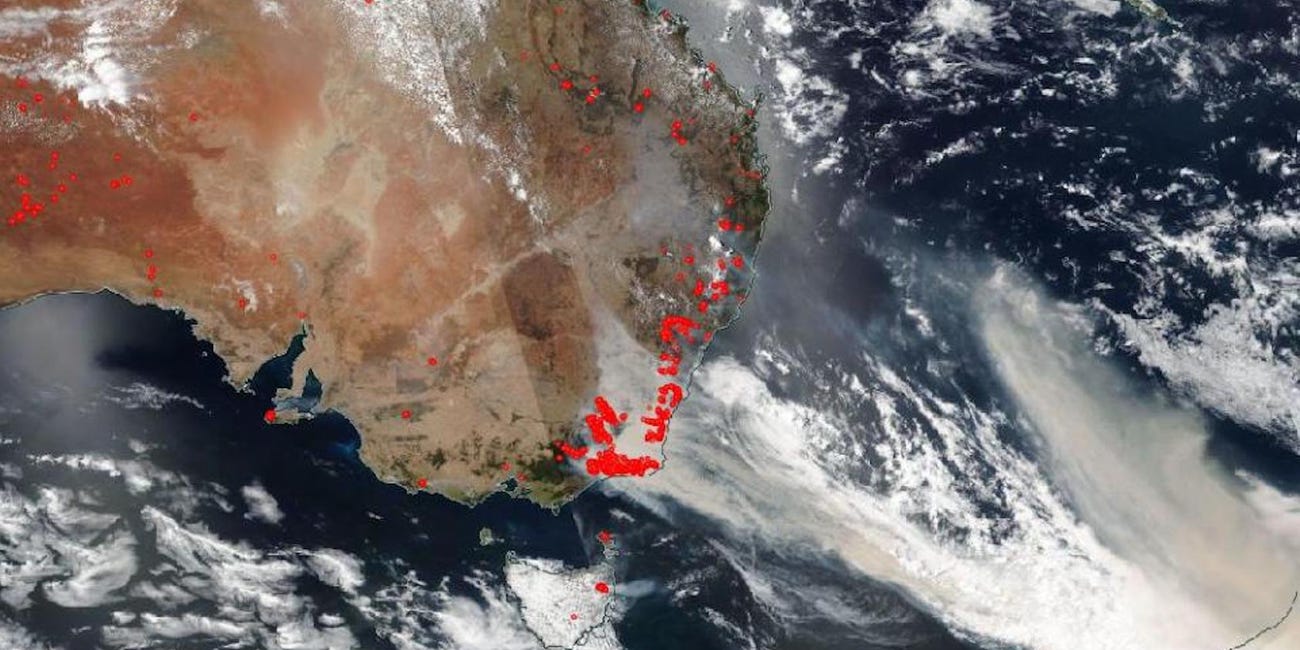
Source: Insider
However, NASA said that they are still studying on the effects of the giant plumes of smoke to see whether it will ultimately cool down or heat up the earth. The bushfire in Australia is the worst that has been seen in decades and devastated large parts of the country since it started in late July.
So far, more than 3,000 homes and 28 people have died while over 1 billion animals were lost to the raging blazes. The persistent heat and drought have worsened the fires and climate change is also one of the factors that cause natural disasters to go from bad to worse.
Oh no, hopefully, this doesn’t affect the climate!

